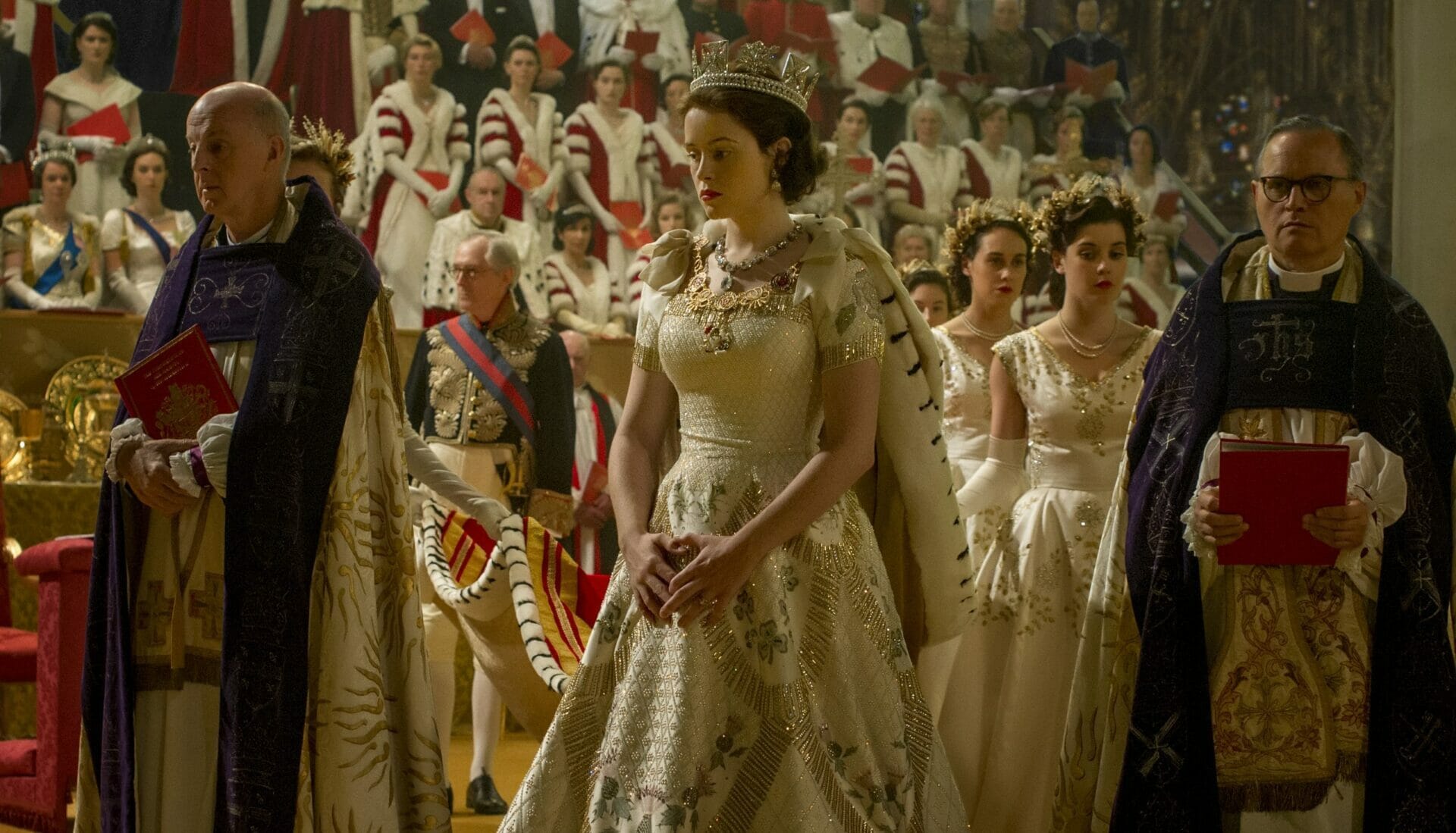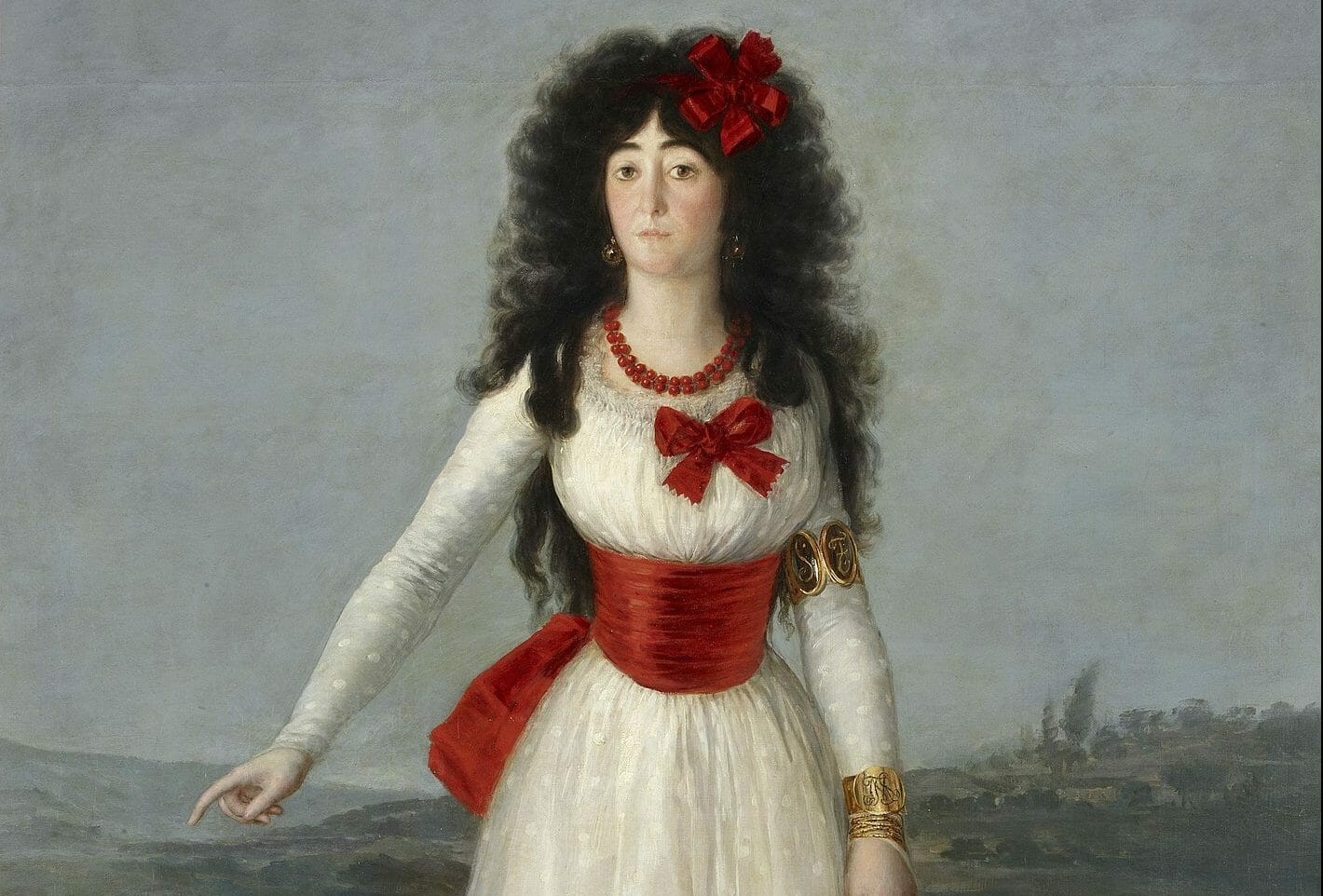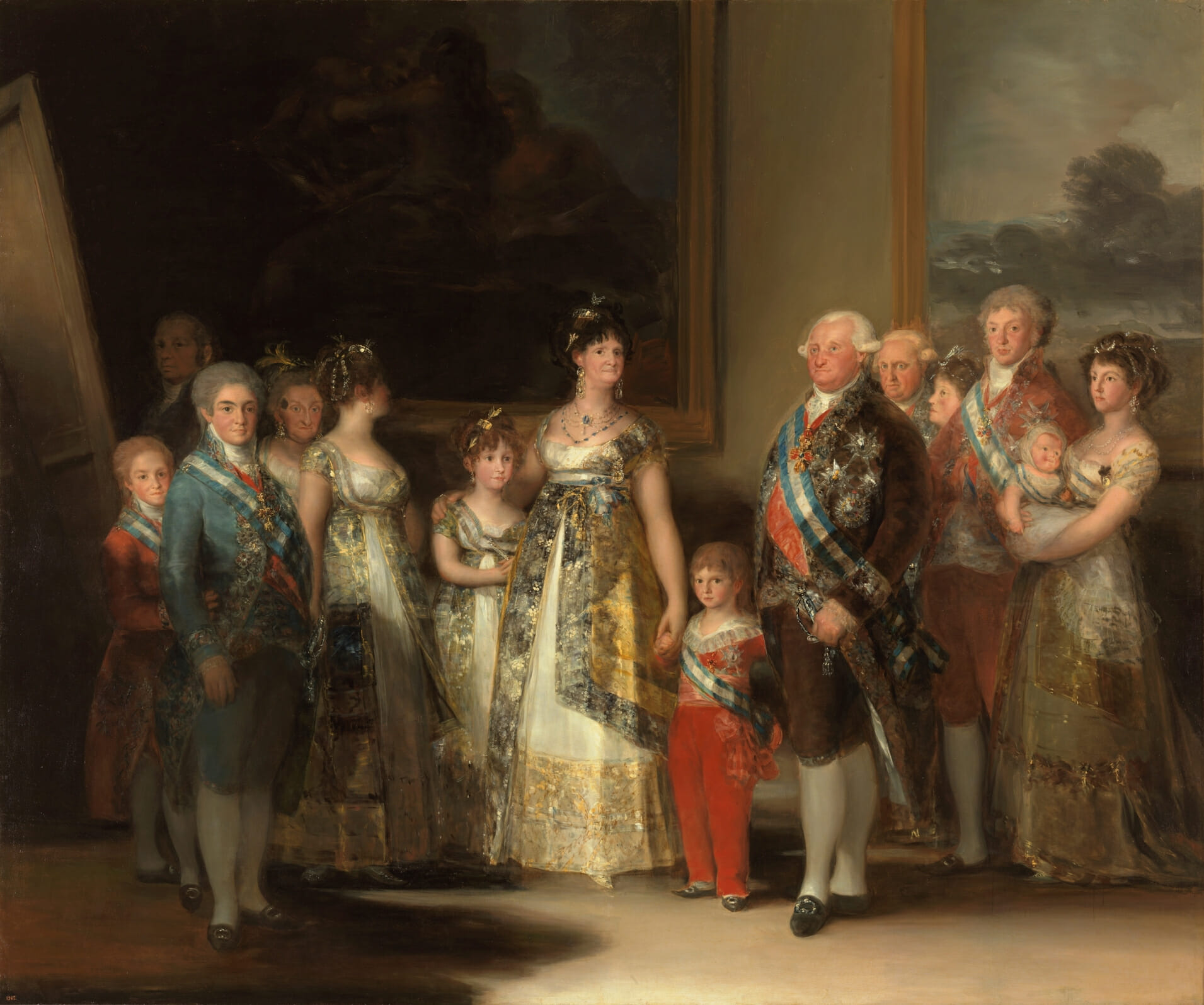
The Crown | Royalty & the Grey Zone
Creator
Year
Country
Seasons
Runtime
Original language
Genre
Music by
The Crown is a Netflix series that throws open the doors on the life of the British Royal Family. It’s a multiple-winning TV series that has already garnered many awards such as Golden Globes and Emmys, and once again, this year, it figures on the candidates’ list.
Since its release day – November 2016 – the show has covered a precise time frame, starting from Queen Elizabeth II’s early days as monarch and her wedding to Philip, Duke of Edinburgh, up to Margaret Thatcher’s years and the heartbreaking story of Lady Diana.
It is not the first time that someone tries to creep in behind the thick walls of Buckingham Palace, with an attempt to understand the grey zone between what the Royal family shows to the world and what it really is like. The ultimate example could be Spencer. The last movie of Pablo Larraín, which premiered at the 78th Venice Film Festival, shows the last days of Prince Charles (Jack Farthing) and Lady Diana (Kristen Stewart) as a married couple.
On the subject of the Royal Family, and all its majesty, charm, secrecy, and rules, an incredible amount of documentaries and movies have already been filmed. However, the success of The Crown is new.
What & How
In this case, it’s not quite the story, in as much as it is an intertwined chain of events that matters.
The history of the Windsor Family is famed and has a symbolic resonance with the public. But in The Crown, it’s the stylistic choice that marks the difference. The creator, Peter Morgan, opted for a way of shooting that prefers close-ups, or medium close-ups, instead of wider frames. And the ratio behind this technique is simple: the power of this show lies in what’s behind the veil of the crown, the untold. What comes out of the characters’ silence.
Staying that close to them is, for this reason, a shrewd choice. Emotions find their way through the heaviness of the stillness. The viewer has to struggle to read each character’s thoughts. That’s because how they’re feeling collides with what is shown on screen. In this way, Morgan ends up taking in the Windsors’ collective repression to turn it into a filmic style. A way of being that makes the Royal Family recognizable and equally enables empathy with the audience.
Another peculiarity of Morgan’s signature is the choice of the cast. To cover a lengthy period of time, he decided to change the actors every two seasons to be consistent with the flow of events. The Crown is a show that grows old.
Control is the key
Like any human being, the Windsors can lose control. These brief moments are absorbed by the silence that fills the rest of the Royals’ existence. In The Crown, it’s hard to find melodrama and the actors have to deal with scenes that are moved by extreme reason and a controlled passion. A difficult task that Olivia Colman (Queen Elizabeth in her middle ages), Josh O’Connor (Prince Charles), Emma Corrin (Lady Diana), and Helena Bonham Carter (Princess Margaret) accomplished.
The Grey Zone
The Crown attempts to describe everything the public and the media couldn’t and still can’t reach about the Royals. And, as in other series like The Undoing and Big Little Lies, there’s far more than just richness, success, and wealth – especially within families. Nevertheless, The Crown doesn’t use murders or fighting to entertain. On the contrary, it portraits a peculiar type of existence: that of who is for or against its will, shaped by its social position.
Primo Levi, in his collection of essays The Drowned and the Saved, reflects on how humankind tends to read the world.
We’re forced to divide the knowable into a scheme, to establish a sharp boundary between “us” and “them”.
People tend to forget what’s not black or white: the grey zone. Everything that’s not immediate is left behind. The Crown tries to give light to a kind of humanity that people tend to forget and easily put aside. It prefers to deepen the personal and sensitive side of the story, instead of the chronological unraveling of events.
The Crown in Buckingham Palace
If the Windsors watch the series, they could consider it as a lively interpretation of reality. They don’t stand by Morgan’s view of history, as they have made it clear in a letter to The Guardian. Their position towards the show as a bearer of truth, however, doesn’t prevent them from enjoying it. It looks like the Queen herself spent some of her time watching it. Some said she loved it, some she hated it. Once again it’s hard to understand what happens between the rooms of the royal palace, what’s real or fictional, and that’s probably there that lies the fame of the family, and of course, of the series itself.
Tag
Buy a ☕ for Hypercritic









